
In this captivating guide, you will embark on a breathtaking journey through Egypt’s rich history and vibrant culture, far beyond the iconic pyramids. From exploring ancient temples along the Nile to wandering through bustling bazaars, this UAE guide offers a unique perspective on the hidden gems that await you in the land of pharaohs. Get ready to immerse yourself in the wonders of Egypt, as we take you on an unforgettable adventure that goes beyond the surface and into the heart of this enchanting country.
Ancient Egyptian History
Egypt, known as the “Land of Pharaohs,” is a captivating country with a history dating back thousands of years. From the Pre-dynastic Period to the Late Period, each era has left an indelible mark on Egypt’s cultural heritage. Let’s delve into the fascinating world of ancient Egypt and explore its intriguing history.
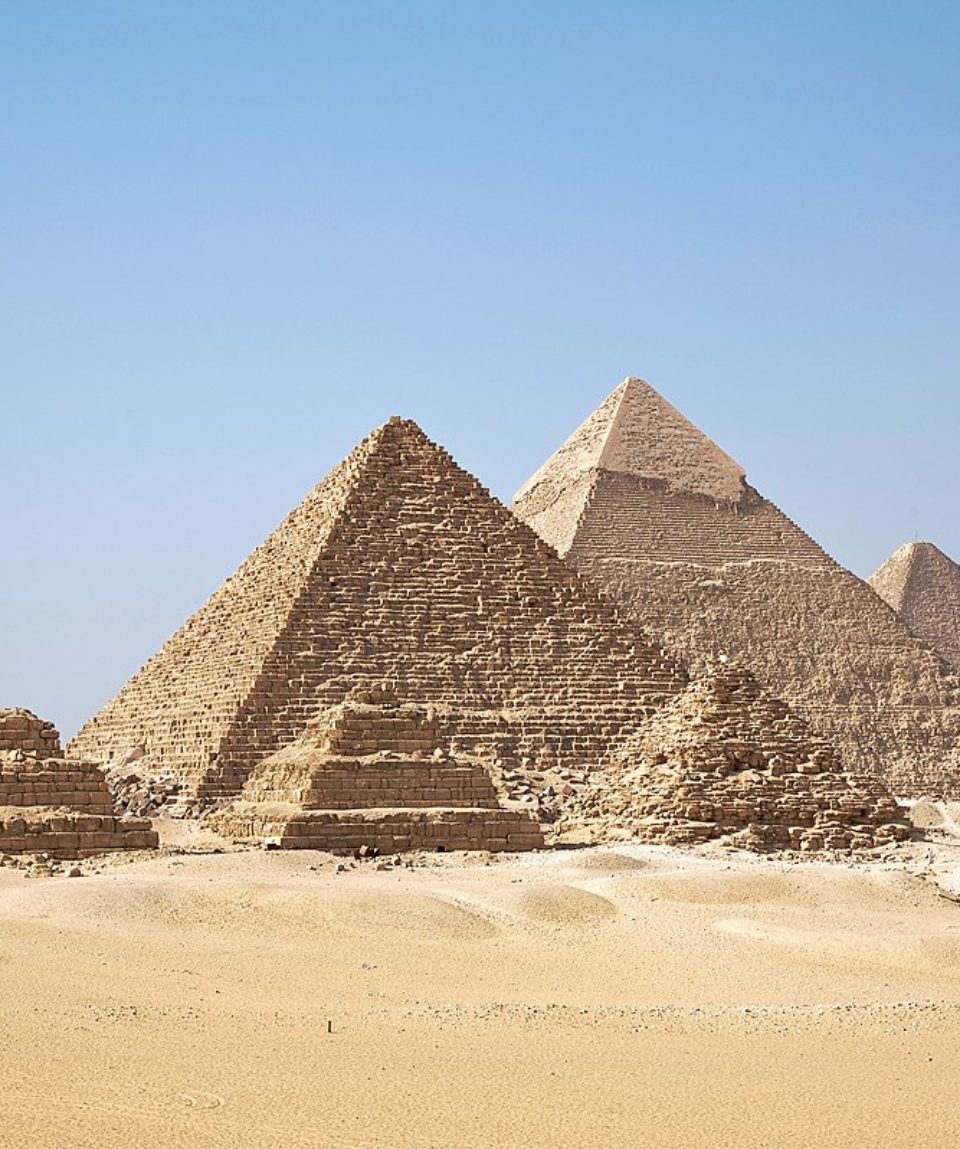
Pre-dynastic Period
The Pre-dynastic Period in ancient Egyptian history is the precursor to the mighty dynasties that ruled the land. During this time, which dates back to around 6000 BCE, various nomadic tribes settled along the Nile River, creating small agricultural communities. These communities gradually developed into city-states, each with its own ruler and distinct culture.
Old Kingdom
The Old Kingdom, often referred to as the Age of the Pyramids, witnessed the rise of powerful pharaohs and grand pyramids that continue to awe us to this day. This period, which lasted from approximately 2686 to 2181 BCE, saw the construction of iconic monuments such as the Great Pyramid of Giza. The pharaohs of the Old Kingdom held immense power and were believed to have divine connections.
Middle Kingdom
The Middle Kingdom marked a period of restoration and stability after the decline of the Old Kingdom. From around 2055 to 1650 BCE, pharaohs focused on establishing strong centralized rule and improving the overall welfare of their subjects. Notable achievements of the Middle Kingdom include the construction of elaborate temples and the expansion of trade networks.
New Kingdom
Considered the pinnacle of ancient Egyptian civilization, the New Kingdom (1550–1069 BCE) witnessed immense wealth, military conquests, and a flourishing art and culture scene. This era saw the reign of renowned pharaohs, such as Tutankhamun and Ramses II, who left a lasting impact with their monumental temples and tombs. The New Kingdom also saw the emergence of powerful queens, such as Hatshepsut.
Late Period
The Late Period in ancient Egyptian history marked a time of foreign rule and political upheaval. From 664 to 332 BCE, Egypt was successively ruled by various foreign powers, including the Persians and the Greeks. Despite the turmoil, this period also saw the flourishing of art and architecture, as well as the continuation of ancient Egyptian religious beliefs.
Cultural Highlights
Egypt’s rich cultural heritage extends far beyond its ancient history. The country is a treasure trove of museums, temples, and architectural wonders that offer a glimpse into its diverse cultural tapestry. Let’s explore some of the top cultural highlights that you shouldn’t miss during your visit to Egypt.
Egyptian Museums
Egyptian museums house an extraordinary collection of artifacts that provide invaluable insights into the country’s ancient civilization. The Egyptian Museum in Cairo is a must-visit, as it showcases over 120,000 ancient artifacts, including the iconic treasures of Tutankhamun. Other notable museums include the Luxor Museum, the Nubian Museum, and the Alexandria National Museum.
Temples and Monuments
Egypt is dotted with awe-inspiring temples and monuments, each steeped in history and architectural brilliance. The temples of Abu Simbel, Karnak, and Luxor are among the most iconic, boasting massive columns, intricate carvings, and captivating stories from ancient times. The Great Temple of Ramses II at Abu Simbel is particularly impressive, with its colossal statues guarding the entrance.
Islamic Architecture
Egypt’s history is not limited to its ancient past. The country also boasts magnificent Islamic architecture, with mosques and citadels that showcase the splendor of Islamic art and design. The Mosque of Muhammad Ali in Cairo’s Citadel is a prime example of Ottoman architecture, while the Sultan Hassan Mosque and the Al-Rifa’i Mosque are architectural marvels from the Mamluk era.
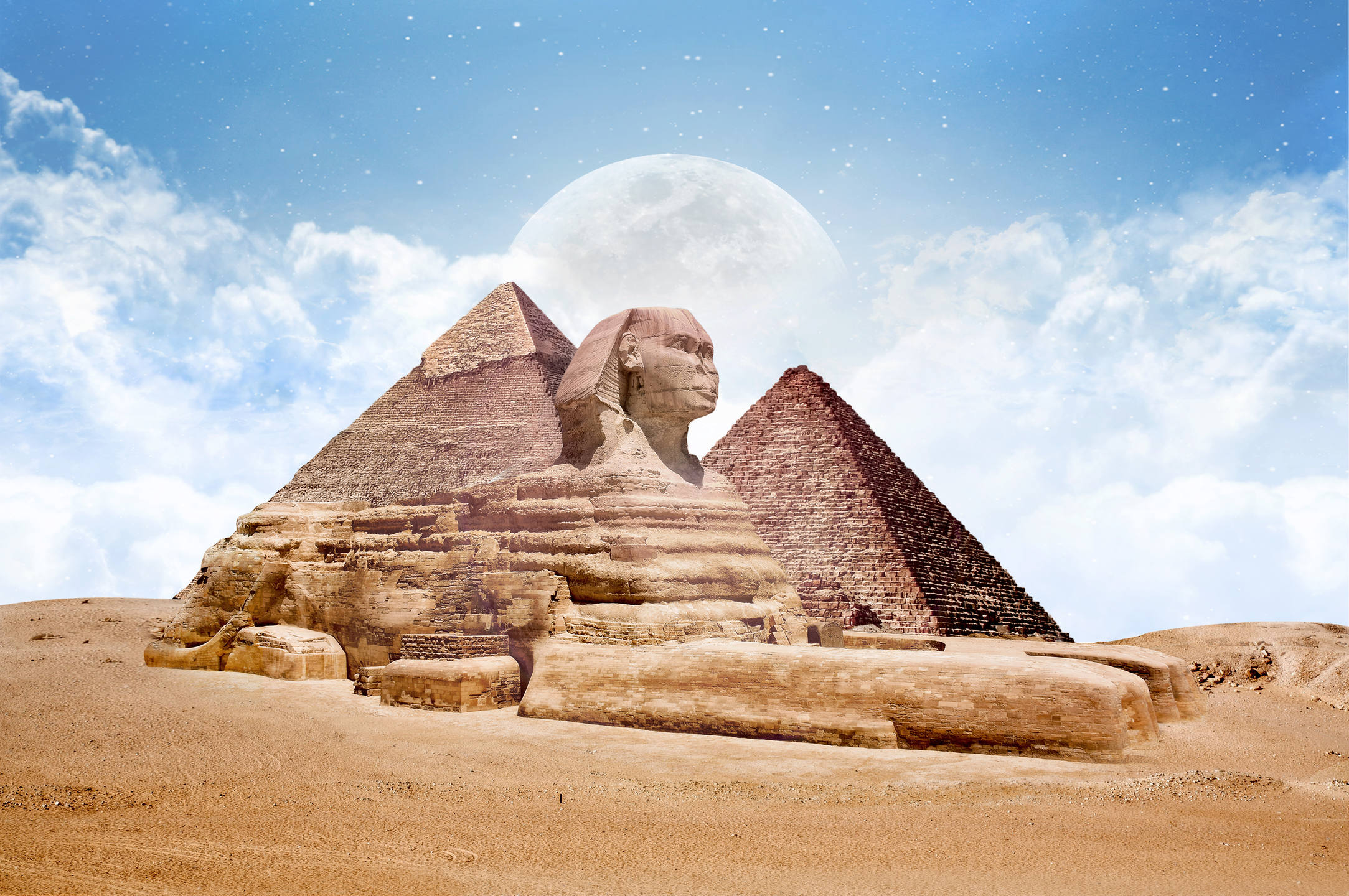
Coptic Cairo
For a glimpse into Egypt’s Christian heritage, a visit to Coptic Cairo is a must. This ancient neighborhood is home to many historic churches, including the Hanging Church, also known as Saint Virgin Mary’s Coptic Orthodox Church. The district also houses the Coptic Museum, which houses a remarkable collection of Coptic art and artifacts.
The Great Sphinx
The Great Sphinx of Giza stands as a silent sentinel, guarding the Pyramids of Giza and captivating the imaginations of visitors from around the world. Let’s unravel the mysteries surrounding this ancient wonder and discover its fascinating history.
History and Legends
The origins of the Great Sphinx are shrouded in mystery, with various theories and legends surrounding its creation. It is believed to have been built during the reign of Pharaoh Khafre, who ruled Egypt during the 4th Dynasty. Some theories suggest that the Sphinx served as a symbol of royal power and protection, while others propose a more mythical interpretation, linking it to the sun god, Ra.
Architectural Features
The Great Sphinx stands as a testament to the architectural brilliance of ancient Egypt. Carved out of limestone, the statue measures an impressive 66 feet in height and 240 feet in length, making it the largest monolithic sculpture in the world. The Sphinx features the head of a human and the body of a lion, symbolizing intelligence and strength.
Visiting Information
To experience the grandeur of the Great Sphinx up close, visitors can explore the Giza Plateau, where it is located. Alongside the Sphinx, visitors can marvel at the nearby Pyramids of Giza, which are among the Seven Wonders of the Ancient World. It is advisable to arrive early in the morning to avoid crowds and to take advantage of guided tours that provide historical context and insights into this remarkable monument.
The Valley of the Kings
The Valley of the Kings, located on the west bank of the Nile River near Luxor, is a site of immense archaeological significance. This ancient burial ground is home to the tombs of many pharaohs, offering a glimpse into the fascinating burial practices of ancient Egypt.
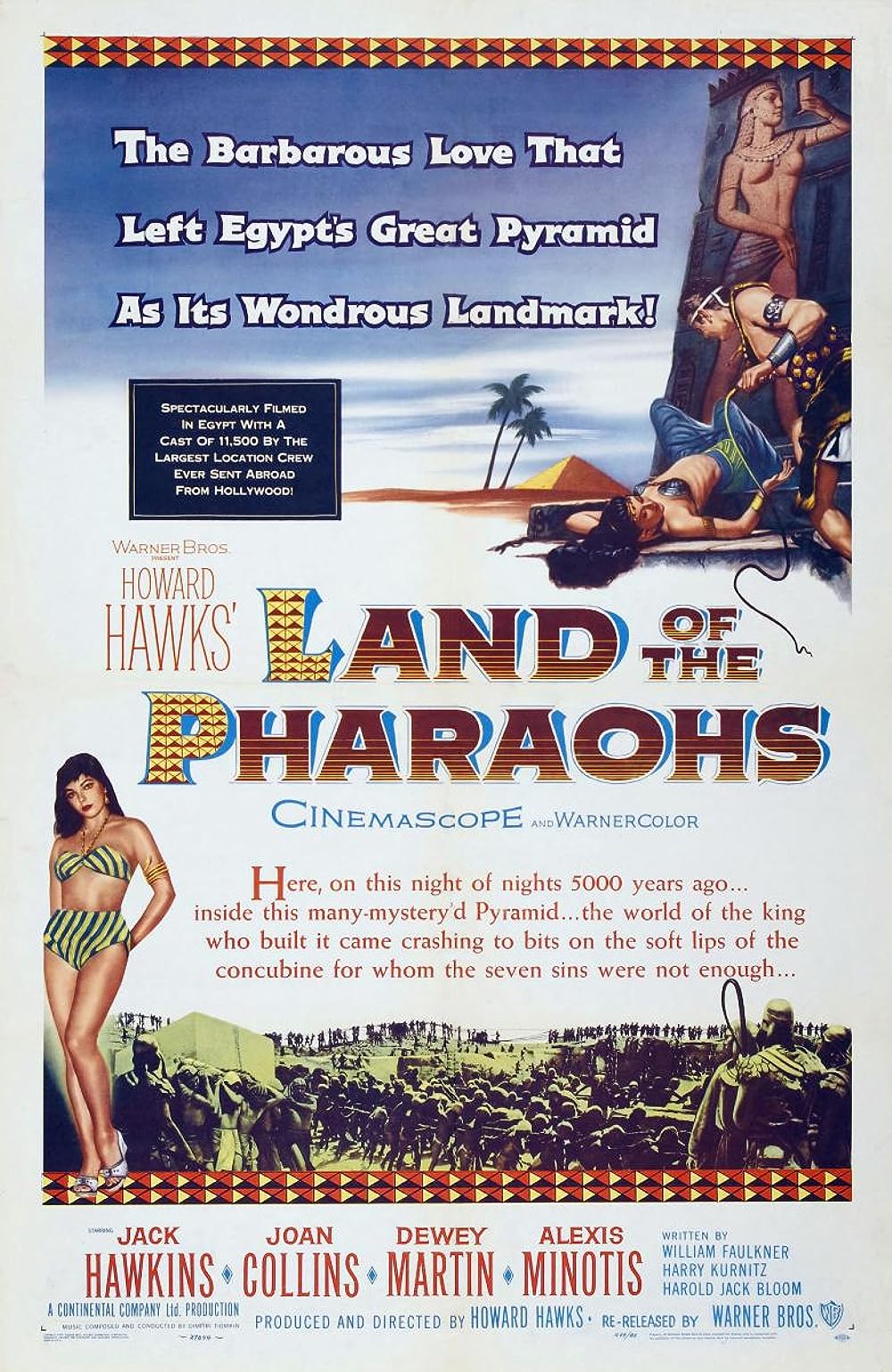
Tombs and Burial Practices
The tombs in the Valley of the Kings were intricately designed to ensure the safe passage of the deceased pharaohs into the afterlife. These magnificent structures were adorned with intricate carvings, elaborate paintings, and richly decorated burial chambers. The walls depicted scenes from Egyptian mythology, religious rituals, and the pharaoh’s journey to the afterlife.
Famous Discoveries
Over the centuries, numerous tombs have been discovered in the Valley of the Kings, each unveiling new insights into ancient Egyptian civilization. The most famous discovery was that of the tomb of Tutankhamun by Howard Carter in 1922. The discovery of Tutankhamun’s tomb, with its treasure-filled chambers, gave the world a glimpse into the opulence of ancient Egypt.
Exploring the Valley
Exploring the Valley of the Kings is a fascinating journey through ancient history. Visitors have the opportunity to explore several open tombs, such as the tomb of Ramses III and the tomb of Seti I. However, due to conservation efforts and the delicate nature of the tombs, some may be periodically closed to the public. It is advisable to check with local authorities or tour operators for the most up-to-date information on access.
The Nile River
The Nile River, often referred to as the lifeblood of Egypt, has played a central role in the country’s history and culture for millennia. Let’s uncover why the Nile holds such significance and how you can experience the magic of this majestic river.
Importance to Ancient Egypt
For ancient Egyptians, the Nile River was not just a water source but an integral part of their livelihood and spiritual beliefs. The Nile provided fertile soil for agriculture, sustenance for both humans and animals, and a means of transportation for trade and travel. The annual flooding of the Nile, known as the “Inundation,” was seen as a symbol of rebirth and abundance.
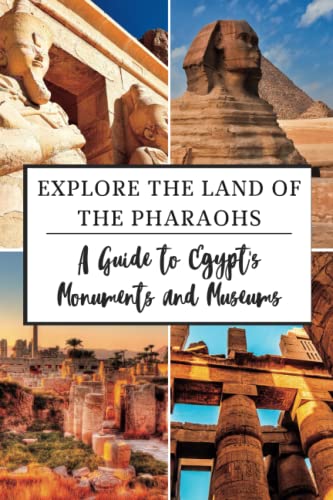
Cruising the Nile
One of the best ways to experience the beauty of the Nile River is by taking a cruise. Nile cruises offer a luxurious and leisurely journey along the river, allowing you to witness the lush landscapes and historic sites that line its banks. As you sail, you can soak in the panoramic views, catch glimpses of local life, and visit iconic temples and archaeological sites along the way.
Villages and Farming Communities
A cruise along the Nile also provides a unique opportunity to immerse yourself in the vibrant culture of the Nile River communities. You can witness traditional farming practices, where locals cultivate crops using age-old techniques, and visit small villages to interact with the friendly locals. This firsthand experience gives you a deeper appreciation for the vital role the Nile plays in sustaining life and fostering community.
Luxor and Karnak Temples
Luxor and Karnak Temples stand as magnificent testaments to the religious and cultural significance of ancient Egypt. These awe-inspiring temples, located in the city of Luxor, offer a captivating journey into the world of pharaohs and deities.
Religious Significance
Luxor Temple, dedicated to the god Amun-Ra, was once the center of religious rituals and festivities. The temple’s construction spanned over several centuries, resulting in a complex that incorporates both ancient Egyptian and Greco-Roman influences. Karnak Temple, on the other hand, is a vast temple complex dedicated to the Theban triad of Amun, Mut, and Khonsu. It is one of the largest religious complexes in the world.
Impressive Architectural Features
Both Luxor and Karnak Temples exhibit remarkable architectural features that reflect the grandeur and precision of ancient Egyptian craftsmanship. The Luxor Temple’s Avenue of Sphinxes and its grand entrance pylon are particularly awe-inspiring. Karnak Temple, with its towering columns and intricate hieroglyphics, is a testament to the scale and intricacy that ancient Egyptian architects achieved.
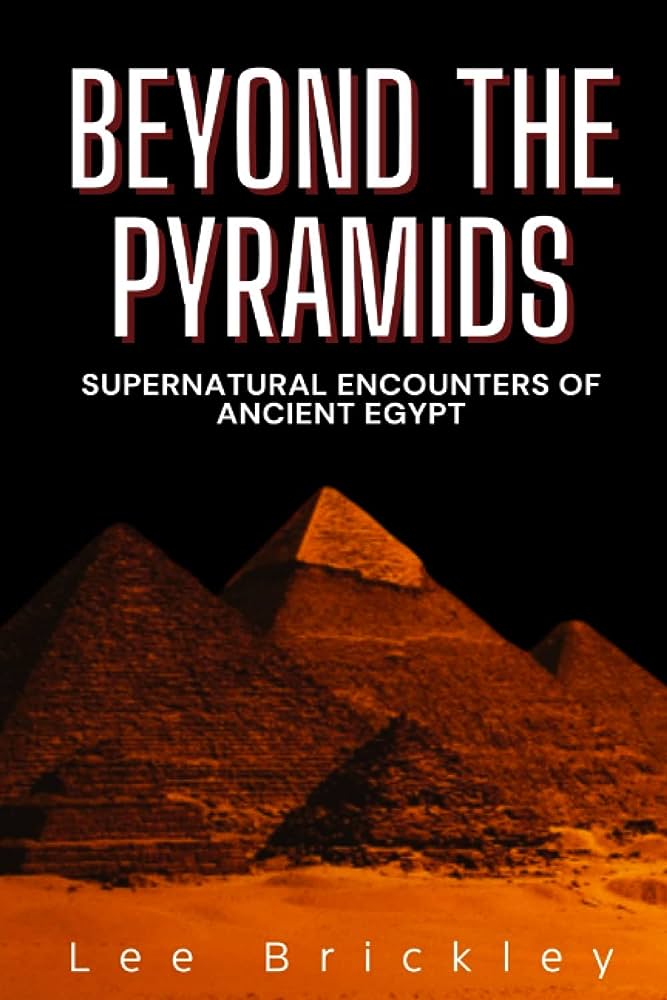
Must-See Highlights
While exploring Luxor and Karnak Temples, there are several highlights that shouldn’t be missed. The Luxor Temple’s graceful courtyard, the colossal statues of Ramses II at Karnak Temple, and the Hypostyle Hall, adorned with 134 massive columns, are just a few of the marvels that await visitors. Guided tours can provide valuable insights into the history and symbolism behind these architectural wonders.
Abu Simbel
Abu Simbel, located in southern Egypt, is home to two awe-inspiring temples that showcase the grandeur and artistic mastery of ancient Egyptian architecture. Let’s delve into the mysteries and legends surrounding Abu Simbel and discover its captivating beauty.
Iconic Temples
The Abu Simbel temples, dedicated to the pharaoh Ramses II and his wife Nefertari, are among the most iconic sites in Egypt. These temples were originally carved into the side of a mountain and were relocated by UNESCO in an incredible engineering feat to save them from being submerged by the rising waters of the Nile River due to the construction of the Aswan High Dam.
Ramesses II and Nefertari
The temples of Abu Simbel serve as lasting tributes to the pharaoh Ramses II and his beloved wife, Nefertari. The Great Temple of Ramses II features colossal statues of the pharaoh himself, while the Temple of Nefertari showcases the beauty and grace of its namesake queen. The intricate carvings and vibrant colors within the temples depict scenes from ancient Egyptian mythology and the pharaoh’s military victories.
Sound and Light Show
To truly experience the splendor of Abu Simbel, the Sound and Light Show is a must-see. As the sun sets, the temples are bathed in a magical glow while a narrated performance brings their history to life. The play of lights, music, and narration adds an enchanting touch to the experience, allowing visitors to immerse themselves in the stories and legends associated with these magnificent temples.
The White Desert
The White Desert, located in the Western Desert of Egypt, is a surreal and otherworldly landscape characterized by its unique rock formations. Let’s embark on a journey to this captivating wilderness and discover its natural wonders.
Unique Rock Formations
The White Desert gets its name from the striking white limestone formations that resemble giant mushrooms, melted candles, and other whimsical shapes. These rock formations are the result of erosion over millions of years, creating a mesmerizing landscape that feels almost otherworldly. The stark contrast of the white rocks against the golden sand creates a surreal and ethereal ambiance.
Camping and Stargazing
The White Desert offers a captivating opportunity for camping under the stars in this remote and untouched landscape. As night falls, the starry sky illuminates the desert, creating a breathtaking celestial spectacle. Embracing the tranquility of the desert and witnessing the brilliance of the Milky Way and constellations is an experience that is sure to leave you in awe.
Exploring the Area
Exploring the White Desert allows you to witness the majestic beauty of this natural wonder up close. Guided tours and camel safaris are popular ways to navigate the desert and discover its hidden treasures. As you traverse this unique environment, you may encounter desert wildlife, ancient fossils, and the remnants of past Bedouin settlements, further enhancing your appreciation for the timeless allure of the White Desert.
Alexandria
Alexandria, named after Alexander the Great, is a city steeped in history and renowned for its vibrant cultural scene. Situated along the Mediterranean coast, Alexandria offers a captivating blend of ancient wonders, modern attractions, and a relaxed coastal atmosphere.
Historical Background
Founded in 331 BCE, Alexandria quickly became a center of Hellenistic culture and learning. It was home to the Great Library of Alexandria, one of the largest libraries in the ancient world, which housed countless scrolls and manuscripts. Alexandria also played a crucial role in the development of trade and maritime routes between Europe and Asia.
Bibliotheca Alexandrina
One of the most famous landmarks in Alexandria is the Bibliotheca Alexandrina, a stunning modern library built as a tribute to the ancient Library of Alexandria. This magnificent structure houses an extensive collection of books, manuscripts, and artworks, and serves as a hub for intellectual and cultural exchanges. The library’s unique design and state-of-the-art facilities make it a must-visit for book lovers and history enthusiasts.
Fort Qaitbey
Perched on the eastern harbor of Alexandria, Fort Qaitbey is a testament to the city’s rich maritime history. Built in the 15th century, the fort was constructed on the site of the ancient Pharos Lighthouse, one of the Seven Wonders of the Ancient World. From the top of the fort, visitors can enjoy panoramic views of the Mediterranean Sea and the modern cityscape of Alexandria.
Siwa Oasis
Siwa Oasis, located in the heart of the Egyptian Western Desert, is a hidden gem known for its natural beauty and ancient cultural traditions. This remote desert oasis offers a unique experience, transporting you back in time to a place untouched by the modern world.
Remote Desert Oasis
Siwa Oasis is a true escape from the bustling cities of Egypt. Surrounded by endless sand dunes and lush palm groves, the oasis has a tranquil and serene atmosphere. The local Berber community, known as Siwans, have preserved their traditional way of life, allowing you to experience the authentic culture of this remote desert oasis.
Amun Temple
One of the most significant historical sites in Siwa Oasis is the Temple of Amun. Dating back to the 26th Dynasty, this ancient temple is dedicated to the Egyptian god Amun and is a testimony to the influence of ancient Egypt in the region. The temple’s remote location and well-preserved ruins add to its allure, making it a must-visit destination for history enthusiasts.
Traditional Cultures and Festivals
Exploring Siwa Oasis allows you to immerse yourself in the unique traditions and customs of the Siwan people. The Siwan community has maintained their distinct cultural practices, including traditional crafts, music, and cuisine. The oasis is also known for its vibrant festivals, such as the Siwa Oasis Festival, where locals showcase their traditional dances, music, and costumes.
In conclusion, Egypt offers a wealth of historical, cultural, and natural wonders that extend far beyond the iconic pyramids. From exploring ancient temples and tombs to immersing oneself in the vibrant local culture, Egypt provides an enriching experience that captures the imagination and leaves a lasting impression. Embark on a journey to the land of pharaohs, and let Egypt’s fascinating history and vibrant present unfold before your eyes.




